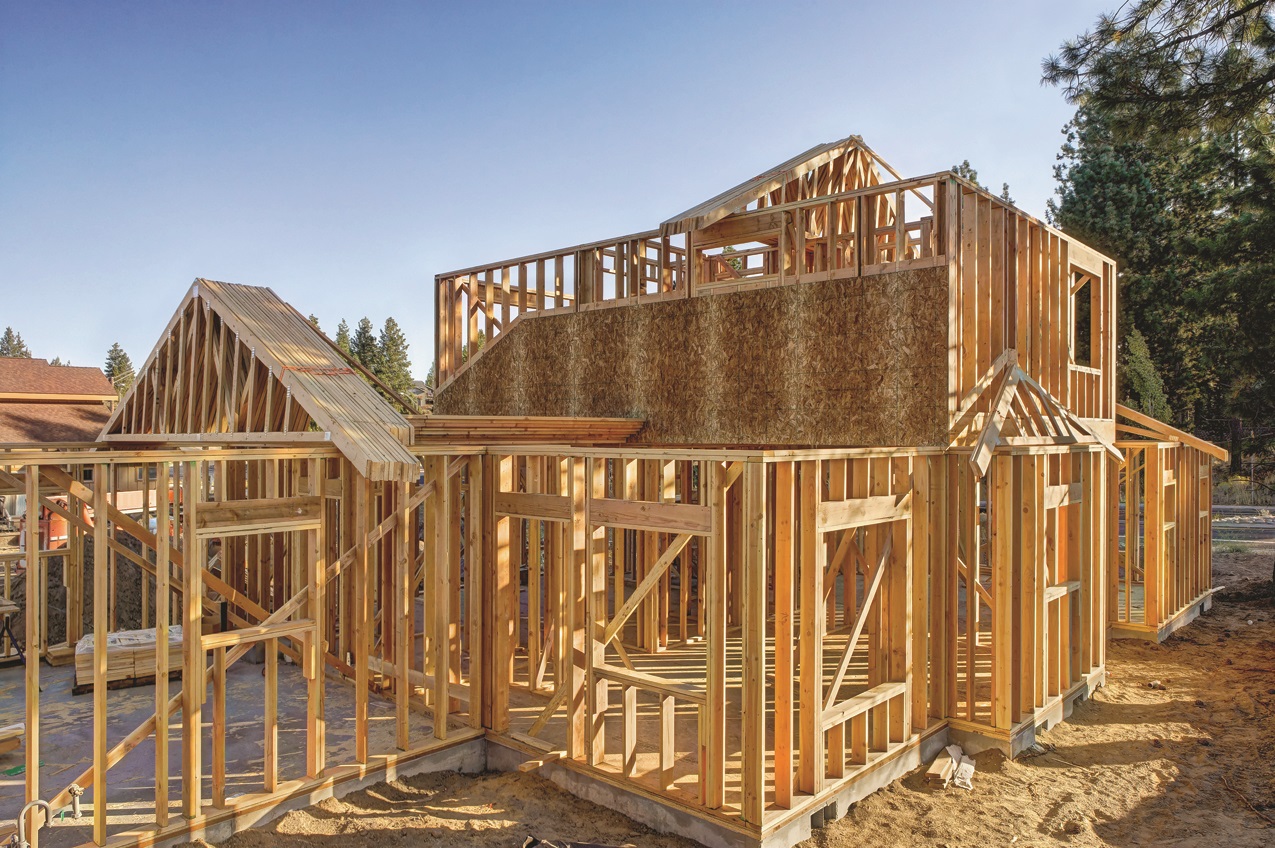The Valley Chronicle - Keep the radon outsideng
Keep the radon outside
·
2 min read
[caption id="attachment_16259" align="aligncenter" width="1275"] Metro Service
Metro Service
Your builder can make a huge difference in protecting you from radon[/caption]
 Metro Service
Metro ServiceYour builder can make a huge difference in protecting you from radon[/caption]
Home buyers can build to protect their families
As the world has changed, so, too, have home buyers. The home buyers of today typically want homes that support how we live our lives in the 21st century. That definitely means extra outlets for all of our devices and homes pre-wired for high speed internet access. And sometimes more. Housing starts, which refers to the number of new residential construction sites, reflect the demand for newly built homes. According to the U.S. Census Bureau, there were slightly more than 1.2 million housing starts nationwide in September 2018, which marked a sizable increase from the previous year, when 1.158 million new residential constructions broke ground. And that means there’s a lot of people out there who want those wonderful, modern amenities. But they also want something valued by homeowners since the dawn of time: safety. Security systems can safeguard homeowners and their families from criminals, but homeowners also must ensure that steps are taken to protect their loved ones from naturally occurring threats, including radon. Radon is a radioactive gas that is produced from the natural breakdown of the uranium found in most rocks and soil. According to the U.S. Environmental Protection Agency, exposure to radon gas is the second-leading cause of lung cancer in the United States. In addition, Dr. Michael Repacholi, coordinator of the World Health Organization’s Radiation and Environmental Health Unit said, “Radon in our homes is the main source of exposure to ionizing radiation, and accounts for 50 percent of the public’s exposure to naturally-occurring sources of radiation in many countries.” Because it’s naturally occurring, radon can infiltrate any home. However, the Environmental Protection Agency, working alongside state and federal geologists, has developed maps that predict the potential indoor radon levels for every county in the country. (Note: Radon can pose a health risk when breathed outdoors, but such instances are unusual because radon is typically diluted in open air.) Each US county has been assigned a zone depending on its potential radon threat, and those that pose the biggest threat are designated as Zone 1, while those with the lowest threat are Zone 3. Homeowners building new homes can contact their state’s radon office via www.epa.gov to determine which zone their property is in. In addition to learning which radon zone they’re in, these same homeowners can ask their builders to take the following measures so their homes’ interiors are as resistant to radon as possible. -Install a layer of clean gravel or aggregate beneath the slab or flooring system. -Lay polyethylene sheeting on top of the gravel layer. -Include a gas-tight venting pipe from the gravel level through the building so it exits above the roof. -Seal and caulk the foundation thoroughly. Learn more about radon, including how to determine radon levels in your home, at www.epa.gov. -Metro Service
S
